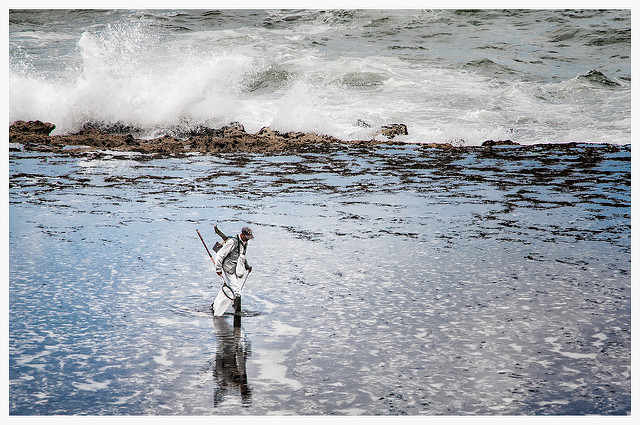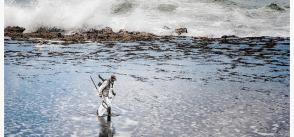
Morocco: A maritime fishing nation works to develop its aquaculture sector
Oceans and conservation
A recent meeting in Rabat, Morocco brought together government officials, industry and academia representatives and aquaculture officers from FAO in support to the development of aquaculture in the country.
With its 3 500 kilometers of coastlines (500 km on the Mediterranean coast and 3 000 km on the Atlantic), Morocco possesses a strong tradition of maritime fisheries. Its national fisheries production totaled 1.3 million tonnes in 2014, making it the largest maritime fisheries producer in Africa and at the 25th position worldwide.
Fisheries contribute 2.3% to the GDP and the sector creates direct employment for 170 000 fisherfolk and indirect employment to an additional 500 000 people.
It is estimated that 3 million people in Morocco depend on fisheries for their livelihoods.
It is within this context that aquaculture in Morocco is currently emerging. Some mariculture was introduced in the country as early as the 1950s (sea bass, sea bream, and shrimp) and experienced expansive growth in the 1980s. However, the launch of the new national fisheries plan Halieutis for Morocco in 2009, which contains provisions for significant growth in aquaculture alongside continued work in sustainable fisheries, has created new momentum for the sector. In supporting its ambition, the government also created a specialized agency two years later, the National Agency for Aquaculture Development.
Read the full article via FAO Blue Growth blog.
[Photo by Andrea Moroni | Flickr]







